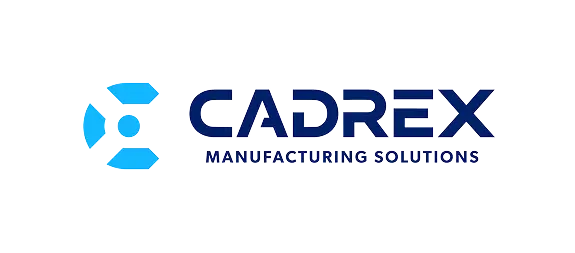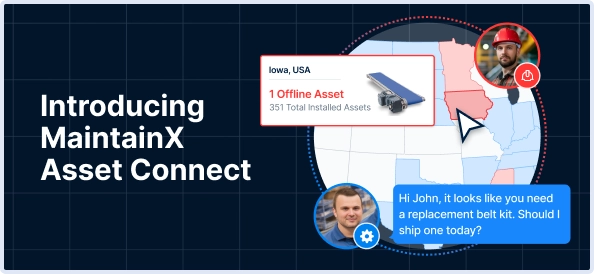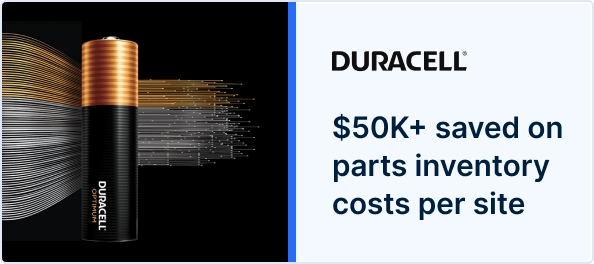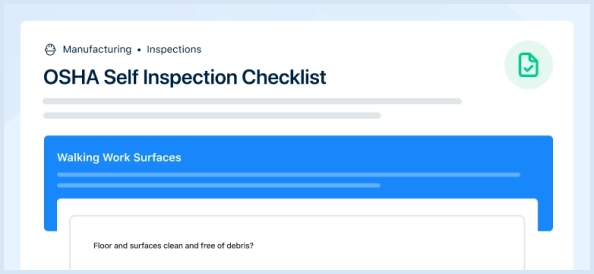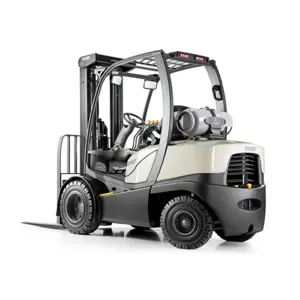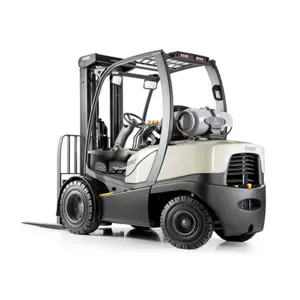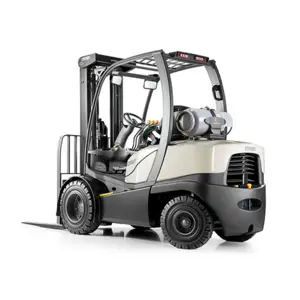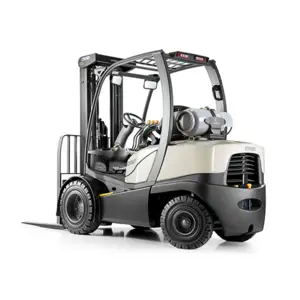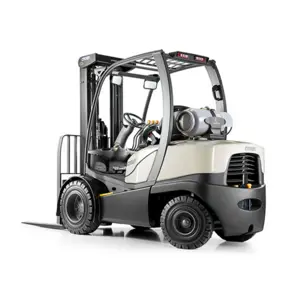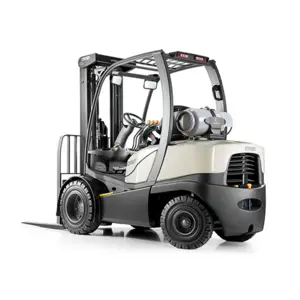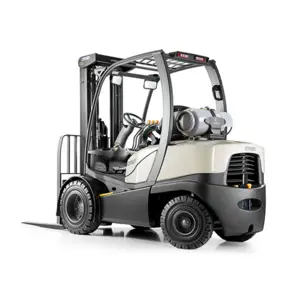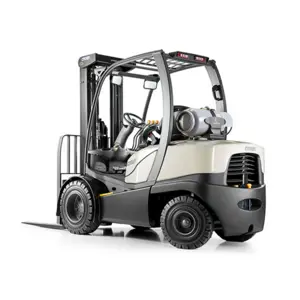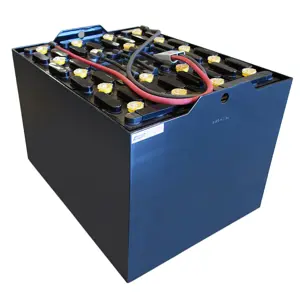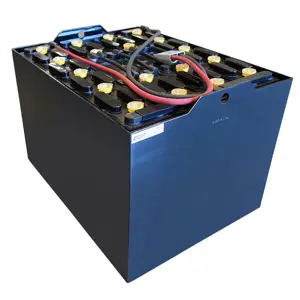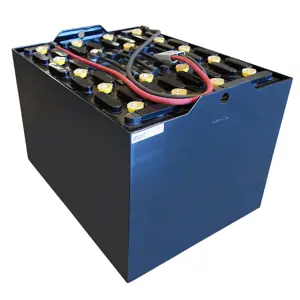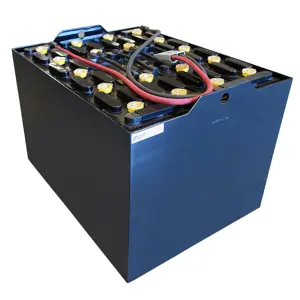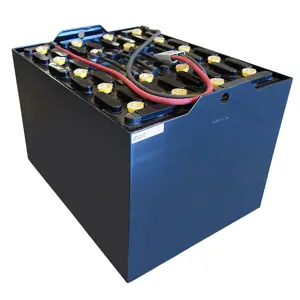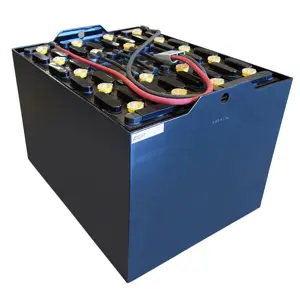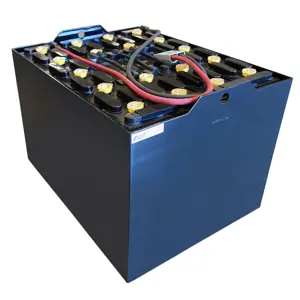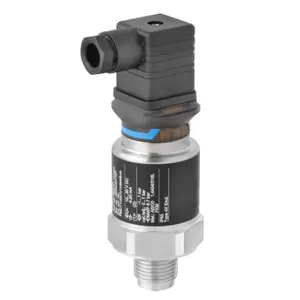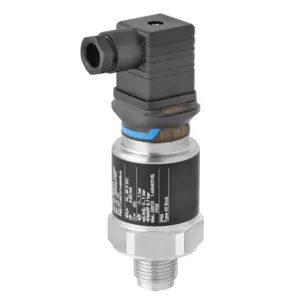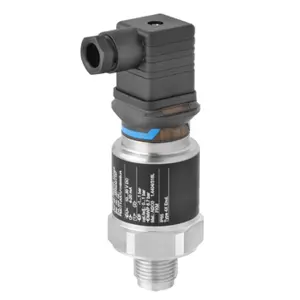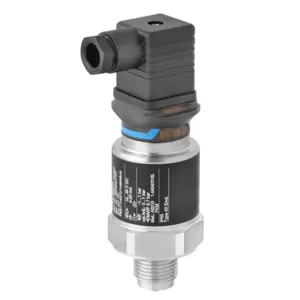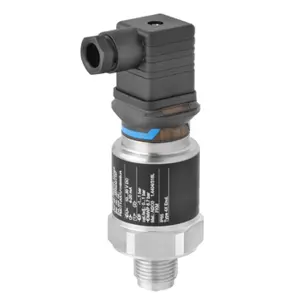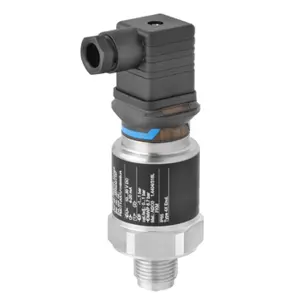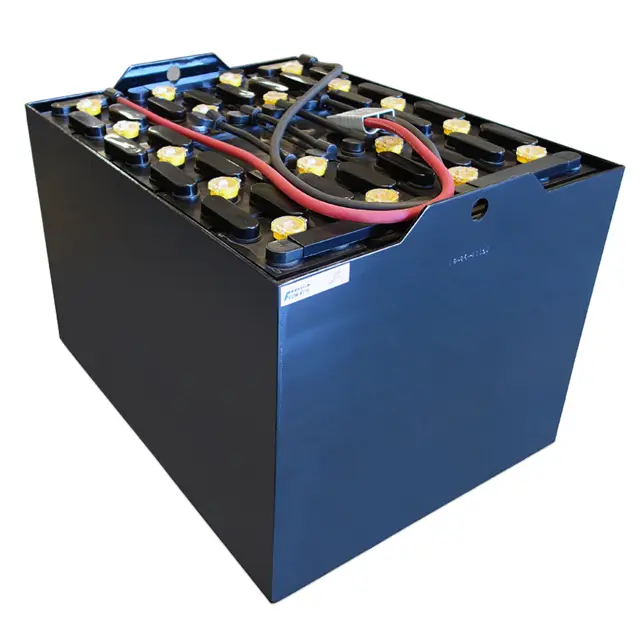

The Crown Battery 100S is a high-performance industrial battery designed for reliable energy storage and efficient power delivery. Known for its durability and longevity, this model is ideal for various applications, ensuring optimal performance in demanding environments. Trust Crown Battery for your energy solutions.
Turn manuals into instant answers
with your AI-powered assistantTurn manuals into instant answers
with your AI-powered assistant
Manual for Crown Crown Battery 100S 100S
Complete asset maintenance, one click away
Get instant access to all the maintenance information you need. Empower technicians to perform preventive maintenance with asset packages, ready to use right out of the box.
Documents & Manuals
Find all the essential guides in one place.
Tensioning Guide
Belt-diagram
C-120 pulleys
+ 13 more
Work Order Templates
Pre-built workflows to keep your asset running smoothly.
Daily Electrical System Inspection
Replace Roller and Pulley
Install Engine B-120
+ 29 more
Procedures
Integrate maintenance plans directly into your work orders.
Motion Industries
Applied Industrial Technologies
Electrical Brothers
+ 5 more
Parts
Access the parts list for your equipment in MaintainX.
Drive Motor
B2 Rollers
Tensioning System
+ 40 more

Crown Crown Battery 100S 100S
Create an account to install this asset package.
Maintenance Plans for Crown Crown Battery 100S Model 100S
Integrate maintenance plans directly into your work orders in MaintainX.
Battery Test
- Test batteries using three testing instruments
1. voltmeter
2. hydrometer
3. thermometer
- The specific gravity and open circuit voltage readings are normally in direct proportion to each other; consequently, a voltmeter or hydrometer can be used to check the battery
- The use of the voltmeter is a faster method of approximating the individual cell state of charge and can reduce dramatically the time required for routine battery checking. When using the voltmeter method, take specific gravity readings on the two cells having the highest and lowest voltage readings
- This will confirm both cells state of charge and accurately pinpoint the difference in the state of charge between them. The voltmeter is used when on‐charge or on‐discharge voltage readings are needed
- A battery thermometer is read like a normal thermometer. A proper thermometer should have specific gravity correction marked on its scale
- The hydrometer has an extra‐long scale to make readings more accurate. For ease of correcting for temperature, the specific gravity corrections are marked on the scale of the thermometer. The cell tester (voltmeter) has a 1.5 to 3.0 volt scale and an easy‐to‐handle, one‐piece terminal probe;
1 Daily Battery Water Replacement
- A certain amount of water loss is normal in all batteries and it should be replaced with "pure" tap or distilled water. In some areas around the country, tap water may contain chemicals or other impurities harmful to batteries. If water is needed, add just enough to bring the electrolyte to the proper level. Batteries should be filled only at the end of the charging cycle
- Overfilling is the most common error made when watering and it can cause tray corrosion. Since tray corrosion can cause extensive damage to batteries and vehicles, extreme caution must be taken to avoid overfilling the batteries
Tray Corrosion:
- Motive power battery trays are mostly made of steel that is protected with an acid resistant coating
Regardless of how good the coating is, if a break in the coating exposes the steel tray to sulfuric acid spilled from the battery, the acid will corrode the tray. How quickly the tray corrodes depends on how much and how often acid is spilled on top of the battery and how often the battery is cleaned
- The major cause of tray corrosion is overwatering or overfilling a battery. When overfilled, the electrolyte will spill on top of the battery. Although the water in the electrolyte will evaporate, the highly concentrated acid solution remains and gives the appearance of dampness. If the acid is not removed, the tray will eventually corrode
- To prevent corrosion, batteries should be cleaned any time the accumulation of dampness or acid becomes significant
- A good technique to follow while watering batteries is to use a flashlight focused on the vent hole being watered. Visually watch the electrolyte level rise and stop watering the instant the proper level is reached
- Each cell is filled the same way. Cell filling equipment that automatically fills batteries to the proper level is available
8 Hourly Battery Maintenance
- Cycle Charge battery:
This is the complete recharge of a battery after it has been fully or partially discharged during normal operation. In general, a cycle charge is based on an 8‐hour charging cycles, but can be extended, depending on need
- Freshening Charge battery:
A freshening charge is used to bring a battery to a fully charged condition before it is placed in service or when it has been standing idle for a short period. It takes about three hours at the finish charge rate (3‐6 amperes per 100‐ampere hours of the battery’s 6‐hour capacity rating)
Charging Process:
When a battery is placed on charge, the opposite action of battery discharging takes place; the sulfate in the active material of the plates is driven back into the electrolyte
This reduces the sulfate in the plates and increases the specific gravity of the electrolyte and the electrochemical process continues until the on-charge cell voltages reach 2.50 to 2.70 volts per cell, depending on the type of charging equipment used
Finish rate or "normal" rate is that current which can be used safely any time charging is required and which can be continued after the completion of the charge without causing excessive gassing or high temperature resulting from overcharge. The finish rate is shown on the nameplate of Crown Batteries
Generally, the finish rate is 3.5 amperes per 100 hours of the battery's 6-hour rated capacity. A partially or completely discharged battery can safely handle currents much higher than the finish rate, but as it approaches full charge, whatever charging rate is used must be reduced to the finish rate
2 Monthly Battery Maintenance
- Equalizing Charge:
Each cell of a battery has slight differences in uniformity of construction and content. These differences cause some cells to take less charge than the other cells in the battery. After a while the state of charge of the cells, which require more charge than the others will drift back in capacity and the battery will not deliver its full capacity
To bring the cells with a lower state of charge up to the same level as the others, the battery is given an "equalizing charge". The cells with a higher state of charge will be somewhat overcharged in order to bring the cells with a below normal state of charge up to full charge
The recommended frequency of equalization is dependent upon how often the batteries are cycled and the depth of the cycles. The frequency of equalization can dramatically affect the operational costs of the vehicle
Unnecessary equalizing charges, in addition to consuming electricity, can result in significant loss of battery life caused by overcharge. The following examples will give you a good idea of a reasonable battery-equalizing schedule for a specific battery operation
1. For batteries that are cycled only once or twice a week to an average depth of 30%-60%, a monthly equalizing charge is sufficient to keep them fully charged
2. Batteries that are discharged regularly- three or more cycles per week and to an average discharge depth of 60%-80% of their rating- can be kept healthy by equalizing them every two months
3. Batteries that are cycled four to eight times a month at any dept require equalizing about every month to keep them in a healthy condition
4. Batteries that are cycled five or more times a week at an average discharge of 60%‐80% may not need equalizing charges unless stored;
Battery Maintenance
- Properly charge battery
- Add water as needed
- Clean as required
Effective Battery Maintenance:
As is true with any piece of industrial equipment, proper maintenance not only keeps it operating to its design specifications, but also helps prolong the equipments life. The following effective battery maintenance tips can help achieve the best performance out of your industrial battery
1. Maintain the proper electrolyte level. Avoid overfilling
2. Charge properly, check charger controls and instruments periodically. Calibrate meters as needed
3. Repair any damage promptly. Minor damage, if not repaired in a timely manner, can lead to major damage
4. Don't overcharge, many batteries deliver short service life from too much charge
Unlock efficiency
with MaintainX CoPilot
MaintainX CoPilot is your expert colleague, on call 24/7, helping your team find the answers they need to keep equipment running.
Reduce Unplanned Downtime
Ensure your team follows consistent procedures to minimize equipment failures and costly delays.
Maximize Asset Availability
Keep your assets running longer and more reliably, with standardized maintenance workflows from OEM manuals.
Lower Maintenance Costs
Turn any technician into an expert to streamline operations, maintain more assets, and reduce overall costs.
Thousands of companies manage their assets with MaintainX



